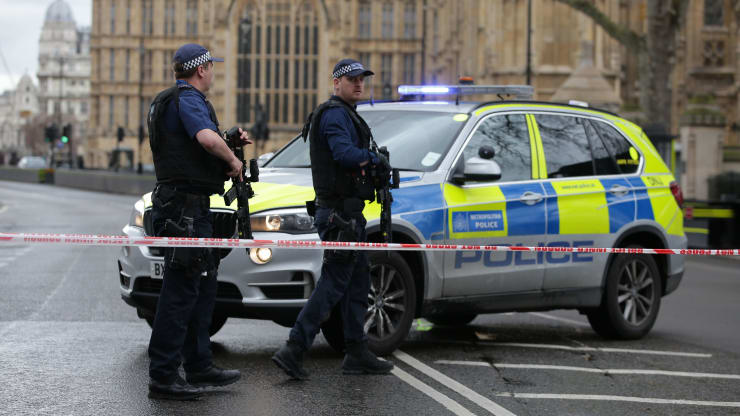MI5 Reports Disrupting Significant Numbers of Far-Right Terror Plots
European far-right groups are on the rise again as the number of disrupted acts of terror increases. According to the MI5 Chief, Ken McCallum, since 2017 nearly 30% of disrupted attempts of attacks and assassinations were connected with far-right activists. The actions included some international links, however, these were not on the same scale as for example the Islamic State. It means that this movement is much more active and unconventional than before, as the nationalistic aspect can be partially excluded.

The MI5 Chief states that some internal agencies from abroad also report some variations of terrorist activity linked to the far-right movements. The last such example can be pointed out within the United States, as local extremists tried to kidnap the governor of Michigan, Gretchen Whitmer (D). 14 people were arrested. The group is charged in an alleged domestic terrorism plot.
The profile of far-right terrorism is rather different than one would expect. People concluding attacks are often loosely tied with specific groups, societies, or religious organizations. Many of them decide to act single-handedly in a comparatively professional manner, preparing attacks for a long time, accumulating needed materials and weapons. In recent years, however, Far-Right attacks and plots have taken place in the US, UK, Europe and Australia and New Zealand. The effects are often much more devastating than the attacks of terror groups connected to radical Islam. The Christchurch Mosque shooting is such an example, as Brenton Tarrant acquired a number of firearms and explosives.
But do radical actions cause radical reactions? In terms of far-right terrorism, they indeed do. On August 10, 2019, a couple of months after the Christchurch Attack, a Norwegian, Philip Manshaus conducted a lone attack known as the Bærum mosque shooting. At his trial, Manshaus admitted that he was inspired by the actions of Andreas Breivik and Brenton Tarrant. However, there are no clear connections between the individuals and their actions besides the methods and general influence of Islamophobia and xenophobia.
Looking back into history, we can assume that far-right terrorism has its deep roots and tradition in the Cold War era. As the tensions between the West and the East grew, groups such as the German Red Army Faction or Italian Red Banner committed acts of political terror. However, the far-right terrorist groups were also prominent and acting decisively. Examples include the Piazza Fontana Bombing of 1969 conducted by Ordine Nuovo, a neo-fascist group, started the Years of Lead – a period of a civil war-like social and political turmoil in Italy which lasted decades and resulted in hundreds of people killed by both communists and fascists. In Germany, the Red Army Faction had its opponent in the WSG Hoffman group which dedicated itself to restoring Nazism in Germany.

Why is all of that important? Because the subject of far-right terrorism was unnoticed for a very long time. There are numerous groups or individuals who align themselves with the ideas of racial purity, restoration of authoritarian order, or simply with nationalistic ideas. Far-right groups like OUN (Ukraine), ETA (Spain), Grey Wolves (Turkey) continue to operate. Members of OUN were claimed to fight in the Donbas War within the Azov Brigade. Similarly, members of the Grey Wolves have reportedly been spotted now in the Karabakh region.
The members of such groups are a viable asset for many states. From dirty work to sowing discontent, they can operate freely and take the blame for radical actions as the media attention is necessary for them to spread their views and attract volunteers. In a modern, digitalized world they are much more effective and thus, are a dangerous weapon if not dispersed quickly.

